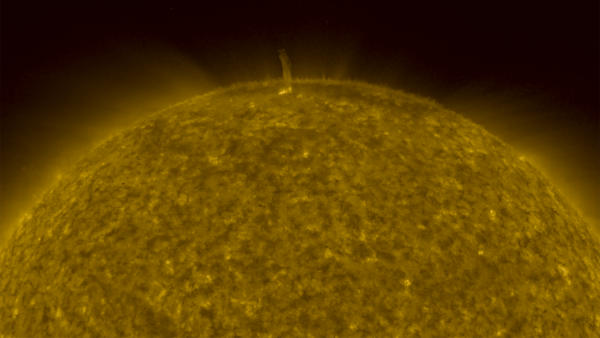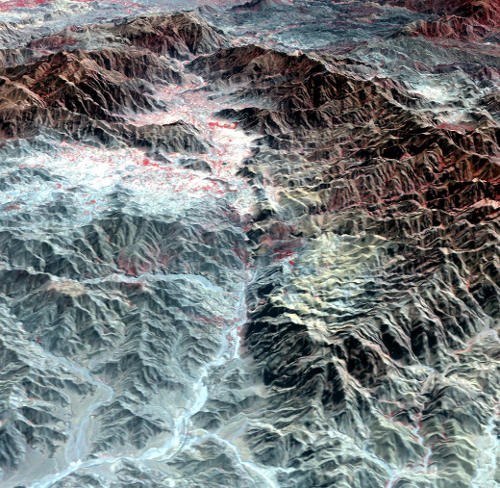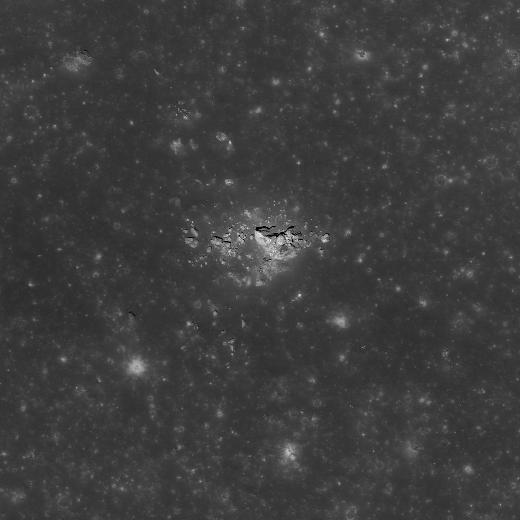The planet Mercury, which lies closest to the Sun has an exosphere instead of an atmosphere that includes oxygen, sodium, hydrogen, helium, potassium and other trace chemicals. Astrophysicist Eylene Pirez, who is a researcher at the Particle Beam Physics Lab (PBPL) at UCLA, provides a more detailed breakdown of the chemical gases that are found in Mercury’s exosphere.
All posts by space
Sun’s north pole

Recent missions by NASA have provided us with brand new and unique views of the Sun. These three dimensional views of structures in the Sun’s atmosphere have resulted in an increased understanding of solar physics and better space weather forecasting. The above picture is the “virtual left eye” image of the Sun’s north pole; taken by SECCHI Extreme UltraViolet Imager (EUVI) mounted on the STEREO-B spacecraft. STEREO-B is located behind the Earth and follows it in orbit around the Sun while STEREO-A is ahead of the Earth, leading it around the Sun. The EUVI imager is sensitive to wavelengths of light in the extreme ultraviolet portion of the spectrum (including bands at wavelengths of 304, 171 and 195 Angstroms).
Khyber Pass from space

The Khyber Pass cuts through the Hindu Kush mountains (at an altitude of 3,500 feet) and connects Afghanistan and Pakistan. This rugged and historic route was photographed in October 2007 by NASA’s Terra spacecraft – looking from the Afghan side, eastwards into Pakistan. The Terra spacecraft took this thermal infrared image using its Japanese built ASTER (Advanced Spaceborne Thermal Emission and Reflection Radiometer) instrument.
Kepler crater on the Moon

Kepler crater on the moon is approximately 32 kilometers (20 miles) in diameter located at the lunar bearing 8.1°N, 322.0°E. It is named after the prolific German astronomer Johannes Kepler, famous for his three laws of planetary motion. This picture, taken by NASA’s Lunar Reconnaissance Orbiter (LRO), also shows a boulder that was ejected out onto its continuous ejecta blanket by the energy of this impact.
Looking for new meteor showers
The head of NASA’s Meteoroid Environment Office, Dr. Bill Cooke, talks about a US wide network of fireball observatories that photograph/record and document meteors and any other space bodies that burn up in the Earth’s atmosphere everyday. Dr. Cooke and other meteor observers will be out in full force watching the skies on May 23-24, 2014 as meteor shower activity will be heightened with Earth passing through a cosmic cloud of dust and debris from the (relatively) recently discovered periodic comet 209P/LINEAR. Should provide an exciting and hopefully harmless light show in the night sky.